Each historical era is, to one degree or another, associated with the dominant position of a particular state. The strength of the state and its power were determined not only by the size of the territory under its control, but also by the condition of its army. In ancient times, it was the army that was the face of the state. A strong and powerful army not only ensured the protection of its own territory, but also became an important element in the economic development of ancient civilizations. Since the time of the Egyptian pharaohs, the army becomes the key to achieving world domination. Later, this postulate was repeatedly confirmed in reality.
World-famous historical figures such as Alexander the Great, Julius Caesar and Charlemagne, Napoleon Bonaparte and their followers were well aware of how much their power and personal power depended on the state of their own armed forces. In ancient times, first the Persians and Greeks, then the ancient Romans had the most powerful armies. With the collapse of ancient empires, new rulers appear on the scene and new states emerge. Today it is difficult to believe that small countries, which today have little say in world politics, once had strength and power. Genghis Khan had the strongest army at one time. The Mongols managed to conquer not only all of Asia and the Middle East, but also entered Eastern Europe.
The Mongol conquerors were replaced by the era of the Crusades, where the two strongest armies of that time, the army of the Crusaders and the army of Salah ad-Din, fought in head-to-head combat. The Middle Ages were marked by the emergence of several poles of world politics. In the east, mainland China was gaining power, in the middle of Asia the power of the Mughal Empire was growing, and the Ottoman Empire was dominant in the Middle East and North Africa. In Europe there was an irreconcilable struggle between England and Spain, France and Austria. In every corner of the globe, politics was decided by regiments and battalions, guns and navies. In those distant times, those countries and states that relied on a well-armed and trained army dominated.

Even the Roman Emperor Augustus believed that legions decide everything. The famous phrase said by Emperor Augustus - “Var, give me back my legions” could mean how important the presence of an army was for the state and power. Later, the French Emperor Napoleon Bonaparte said: “Big battalions are always right”!
Almost the entire period of its development, humanity was constantly in a state of war. There has never been a period when peace reigned in the world. Wars gave way to bloody civil confrontations, and the conquest of territories gradually turned into colonization. One war followed another, some armies became victorious, others faded into oblivion. So it was, so it is and so it will be. As long as there are weapons in the world, as long as people strive to assert their will over others, there will be the most powerful armies in the world and armed conflicts.
Modern era and military forces
Unlike the place and role of the army in the history of mankind in the past, the modern era has made significant adjustments to the development of the armed forces. Now it is no longer the number of soldiers and the military talent of the commander that decide the outcome on the battlefield. Wars and armed conflicts, which often begin in the offices of power, are based on the economy, the quality of training of personnel and weapons. The times of large and numerous armies, into which the bulk of the male population was drafted, are history. The armament of countries that claim to be world and regional leaders has also changed dramatically. The combat effectiveness of an army is assessed by the availability of a wide variety of weapons, including airplanes and helicopters, communications equipment and missiles, artillery, tanks and ships. Countries that have modern and combat-ready armed forces make the difference in world politics. Any state that wants to have a powerful army is forced to spend enormous amounts of money from its own budget.
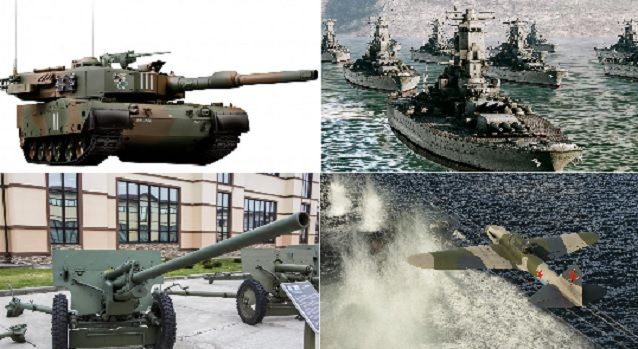
A modern army is not tons of fodder, mountains of gunpowder and cast iron cannonballs. Combat-ready armed forces are a modern, complex mechanism that, along with logistical support, involves complex technologies, technical means and electronic systems. In the 20th century, humanity made a rapid leap in its development. Accordingly, the military power of states increased. The economic development of countries determined the power of their armed forces. The emergence of new technologies and their application in the creation of weapons marked the beginning of the arms race. First came rifled firearms. Then armored battleships and cruisers entered the arena. The advent of the airplane and machine gun at the beginning of the 20th century marked the end of infantry dominance on the battlefield. Military equipment, armor and engines have become determining factors in the combat effectiveness of any army.
The two World Wars that swept the planet in modern history, a number of other conflicts, and finally the emergence of nuclear weapons, clearly showed by what criteria the strength of the army is measured today.
Criteria for assessing the power of modern armed forces
The undisputed largest army today is the National Liberation Army of China (PLA). The armed forces of communist China are the largest in number. However, to say that the largest army in our time is a priori the strongest is a clear exaggeration. Naturally, a huge country with a population of nearly 2 billion people cannot have a small army. In addition, after World War II, China finally turned into a unified and centralized state capable of pursuing its policies on the world stage. The presence of China's nuclear potential has only strengthened China's position in world politics.
However, in current conditions, the strength and power of the army is measured by other criteria. First of all, the following parameters are assessed:
- the size of the military budget;
- the presence of all types of troops in the armed forces;
- military-technical support for the army;
- level of training of military units;
- technological aspect;
- presence of motivation.
The nuclear weapons that the USA, Russia, China, Great Britain, France, Pakistan, India, North Korea and Israel have today cannot be assessed as the main criterion for the power of the armed forces. The atomic bomb and nuclear missile forces today are more of a ticket to the elite club of states and a kind of tool for deterring potential aggression. In the military-political aspect, the comparison of armies is carried out on the basis of the art of command and control, the quality of training and equipping the armed forces with high technologies. The emphasis is on conventional weapons. As before, the main characters on the battlefield are man and machine. The level of training of army units and the amount of modern military equipment determines the power of the armed forces of states. Accordingly, the assessment when choosing the strongest armies in the world is based on these positions.

If China has the largest army, then in military-technical terms the leading roles are occupied by the US Army, the Russian Armed Forces, the PLA, the Armed Forces of India, South Korea, the Japanese Self-Defense Forces and the Turkish Army. Next come the armies of Great Britain, France and Germany. This arrangement of countries is explained by the results of analytical studies that are carried out annually around the world. Here, of course, you can add the Israeli IDF, but in the rankings this one of the most combat-ready armies in the world is for some reason outside the top ten.
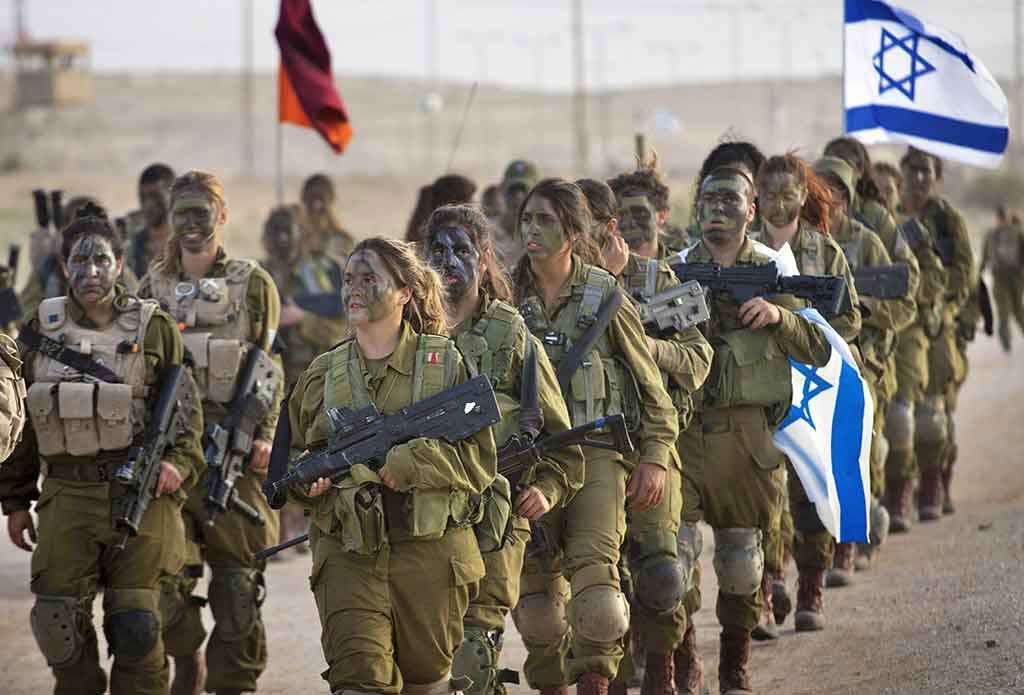
Place in the ranking determines the result
A number of international expert agencies and analytical institutes compile a rating of the armies of the world, which are the most powerful and powerful at the moment. It can be noted that the places of countries in the latest rankings have changed little over the past 10-15 years. As before, leadership belongs to two states: the United States and Russia. These countries continue to be each other's main opponents, inheriting the effect of confrontation from the Cold War. The second half of the 20th century was marked by an unprecedented arms race that unfolded between two military camps. The Western coalition was led by the US Armed Forces, the Eastern bloc relied on the strength and power of the Soviet armed forces. Today, the Russian army and the US armed forces continue to adhere to military-technical parity in all branches of the military, not counting the nuclear potential of the two countries.
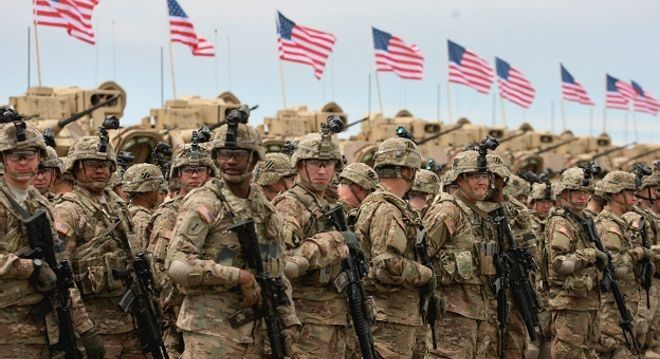
These two states have all available weapons. The size of the Russian and US armies is also at a high level, as is their military-technical potential. The first places in the ranking are awarded to these two armies, taking into account the fact that the acceptable likelihood of a military conflict between the two countries will be the beginning of a global catastrophe.
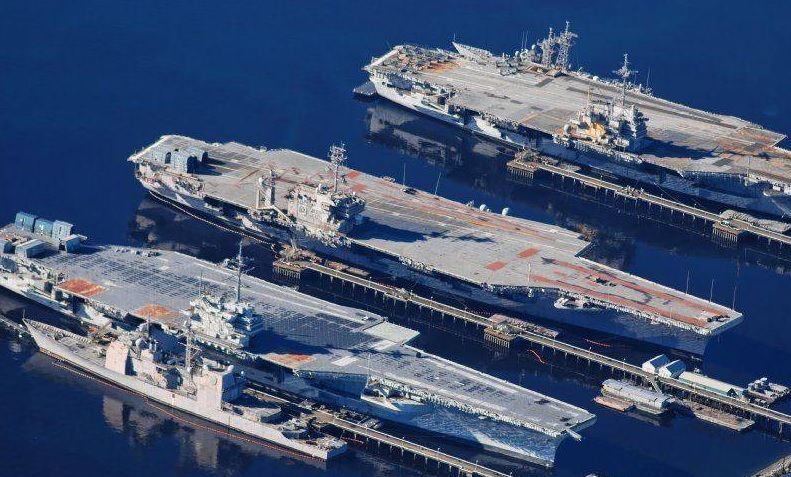
The strength and power of the armed forces of Russia and the United States is assessed differently. The United States is relying on the development of its naval forces. Their nuclear-powered aircraft carrier fleet has no equal and ensures the power of the United States in the oceans. Following the fleet overseas, the air force is constantly increasing in quantity and quality. The US ground army in terms of size, firepower and number of weapons is approximately in equal positions with the Russian ground forces. Russia has an undeniable advantage over the Americans in the number of tanks and motorized armored vehicles. In terms of the number of cannon and rocket artillery, and the number of tactical missile launchers, there is parity between the two armies.
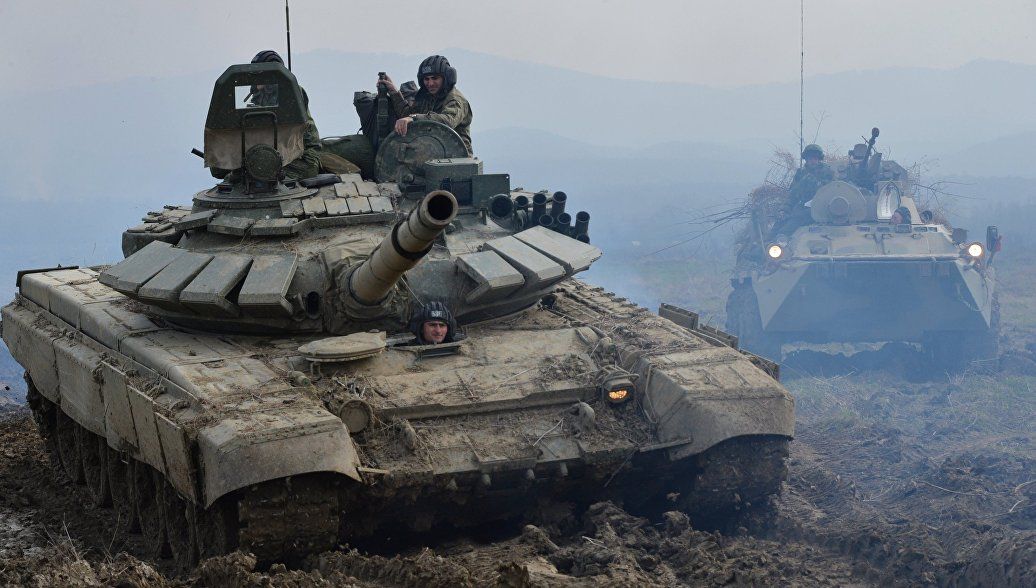
The only thing that cannot be compared is the military budget of the two countries. In this regard, the United States is far beyond the main group of rating participants. The amount of 612 billion dollars is not affordable for the Russian economy, which in turn can allocate about 70 billion dollars for military expenditures.

China rightfully occupies third place in the top 10 most powerful armies in the world. His PLA is no longer an archaic army, but a completely modern, technically equipped and numerous armed force. China’s position in the ranking is also strengthened by its large military budget, which according to 2016 data amounted to no less than $215 billion. The Chinese today have everything in the army, both nuclear missile forces and a large navy. Aviation and ground forces have the necessary amount of military equipment, including many modern models. It is important to note that at the beginning of the new millennium, China set a course for the complete modernization of its own armed forces, the ultimate goal of which is the creation of a modern, high-tech and combat-ready army.
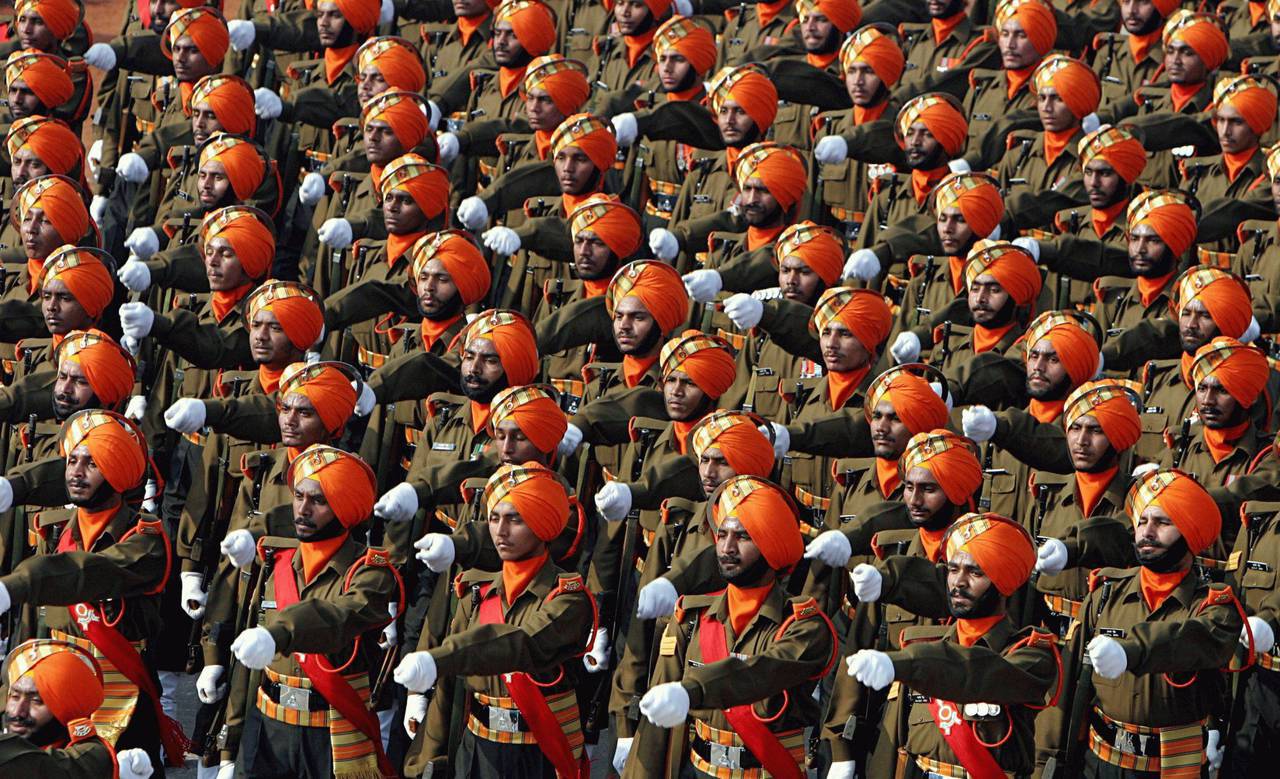
- the Indian army, which numbers 1 million 325 thousand people, has a military budget of 56 billion dollars;
- the South Korean army has a military budget of 36.8 billion dollars;
- the Japanese Self-Defense Forces, which number 247 thousand people, and the military budget is equivalent to the figure of 47 billion dollars;
- the Turkish armed forces are the largest in Europe, numbering 510 thousand people and with the smallest military budget, only 18 billion dollars;
- the British armed forces, which number 188 thousand people and have a military budget of $48 billion;
- the French army is financed by 55 billion dollars with a strength of 222 thousand people;
- The German Bundeswehr has 186 thousand people under arms with a military budget of 41 billion dollars.
When assessing the positions of countries in the ranking, it is difficult to agree with the criteria on the basis of which the report was made. The armament of the countries of the world today is so diverse, both qualitatively and quantitatively, that it is not correct to assess the combat effectiveness of armies in this case. One should evaluate, first of all, the economic potential of states that invest in their own armed forces and the motivation facing the military.




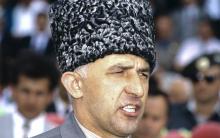






The most beautiful motorcycles in the world
Which sea is the cleanest in the world?
Top 10 Most Expensive Furs
The largest and most luxurious casinos in the world
Knightly orders of Europe XI - XIII centuries